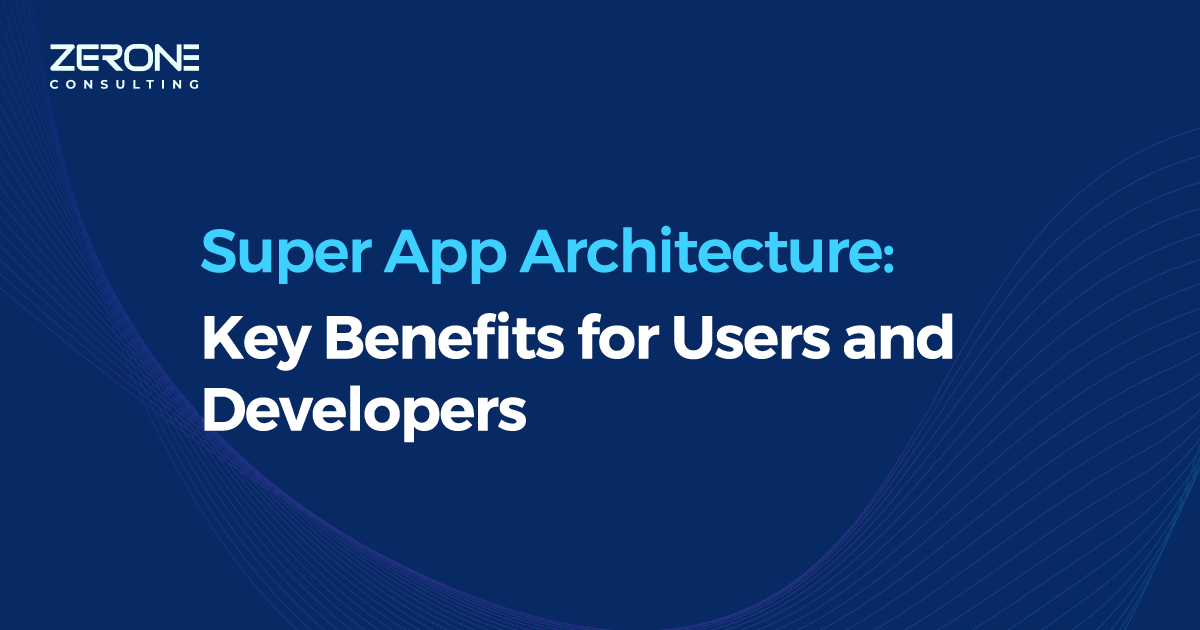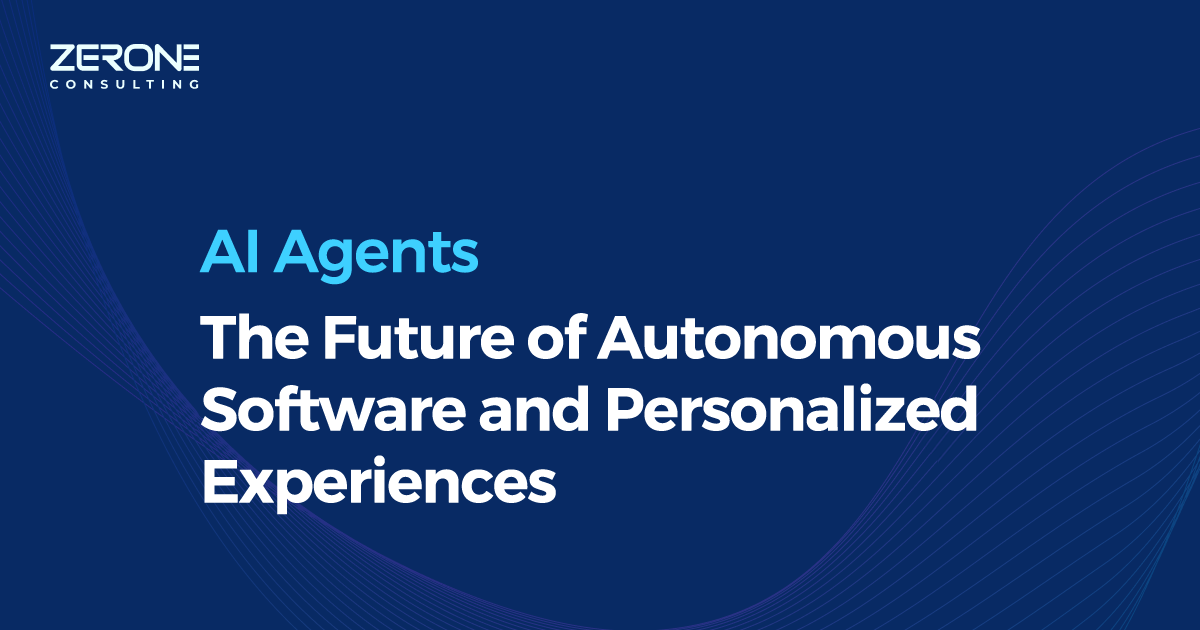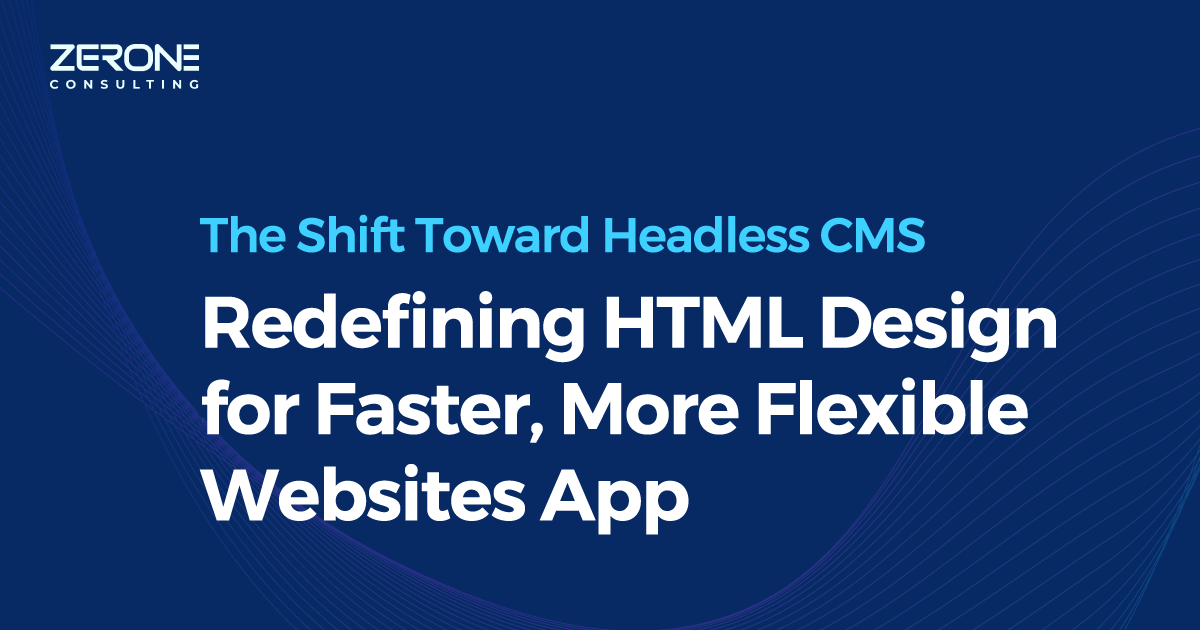Super App Architecture: Key Benefits for Users and Developers
Mobile and web applications labeled Super Apps unite several heterogeneous service categories including messaging Chat along with eCommerce stores and booking facilities for services and restaurants and additional entertainment features within a single platform. Several examples of Super Apps include Tata Neu as well as AliPay and We Chat. Such applications adopt specially developed architectural systems to function. This post explores advantages resulting from these frameworks.

A single container interface in all super apps serves as the foundation for multiple embedded mini applications. Each mini app functions like a plug & play tool while developers select different frameworks such as Angular, React, Vue, Svelte to build them. The backend utilizes specifically designed APIs to integrate the separate components into a whole system. A specific framework manages various key functions such as Authentication, Authorization, Auth Token management, Theme Management, Navigation, Payment Details management through its container app. The container application manages the storage of developer related functions such as Audit Logging and Push Notifications and Exception Handling. A single container application combined with multiple small applications through this architectural design delivers many benefits to users alongside value to developers and software manufacturers.
User Advantages
Unified Login
The application works with single authentication which lets users obtain multiple services. Each user currently requires separate logins for individual apps which includes banking and payment systems and e-commerce activities and movie ticket purchases.
Single space to store profile & payment details
Through its container method the application lets users keep their profile information together with payment data at one central place. The profile and payment information updates require just a single action from users since they are centralized contrary to the current scattered system where users need to update these details in every application.
Easy Navigation
The application design allows users to skip jumping between multiple applications. The system provides users with an important usability benefit mainly for mobile device users.
Developer Advantages
Parallel Development
The mini apps serve as separate standalone applications that maintain clear data exchange protocols with their host application. Each mini app serves as a separate component that allows development through different technology stacks since one uses Angular while another implements React alongside Svelte in a third mini app. Different teams can simultaneously work on independent mini applications during development which reduces total project timeline.
The development of mini applications does not require native programming. Each set of mini apps may consist solely of web applications or can combine native and web-based applications within them. The implementation of skilled resources using different techniques results in resource optimization benefits.
Asynchronous Deployment
The deployment process of individual mini apps occurs independently from other mini apps. The testing requirements for multiple individual apps do not need synchronization between different app modules before releasing new versions.
The main problem with single app deployment occurs when developers need to support aging versions until most users migrate to the new version. Mini apps running as web applications enable seamless updates since they receive all new software changes through automatic system updates. The application development process gains simpler functionality for fixing bugs and automatic deployment.
Better Scalability
A new mini app function enables simple feature integration and users can receive these added capabilities through application deployment. Proper deployment of mini apps enables beta testing and full implementation to different user groups without issues.
An extremely complex enterprise application starts as a most viable product with one container application that contains essential features delivered through mini apps. When revenue improves or ROI reaches balance the system allows the addition of extra features as autonomous mini applications. The replacement of one or more mini apps at a later date through affordable budget allocations remains possible with new technological solutions.
Mix & Match Features
The software product obtains additional benefits by adopting a super app architecture. Multiple features are typically present in software products. The hospital management application consists of these main features.
- Patient Registration
- Consultation
- Pharmacy
- Lab
- IP patient Management
- Operation Theatre
- Duty Scheduling
- Payroll
- Canteen
- MIS
Each set of clients does not require all possible features of the product. The low-budget requirement combined with minimum viable product needs is a request some clients make. A single application makes it hard to conceal certain aspects from display. The modular structure of super apps enables simple and easy features integration according to client specifications.
The product features enable clients to pay only for usage through a “Pay as You Use” system. The payroll or income tax calculation module needs activation primarily during the first few days of each month. These min-applications function solely during determined days allowing businesses to lower the cost of ownership for their clients. Such an arrangement generates benefits for both clients and product sales personnel.
Re-Usability
The functions of mini-apps work in multiple super apps through their standardized data transfer rules with the container application. The well-defined data transfer protocol which exists between it & the container app enables this possibility. The well-defined data transfer protocol between components leads to additional cost reduction in application development.
Things to Care in Super App Architecting
The following measures should be considered during super app architecture to achieve mentioned benefits.
Modular Architecture
The application requirements and features must be partitioned meticulously into various distinct modules. Every module needs to perform independent functions to the greatest extent. A strong definition exists for the data which mini apps need to exchange with the container application.
Dedicated Design System
A single place for theme administration should exist at the container application level to maintain uniformity between all mini applications of this platform. All parties involved in the mini app development should receive design guidelines before commencement of mini app creation.
Navigation
The pathway between individual mini apps and different modules demands exceptional importance in super apps that contain numerous modules. All mini apps should align with standard usability elements such as simplicity and consistency during navigation.
Conclusion
Super apps are indeed highly advantageous for users. In addition to it, the Super App architecture is a solution to many issues posed by single app development. Super App architecture gives many cost advantages, flexibility, reduced time to market, better resilience as well as making the app technology agnostic.
As per Gartner’s Prediction, by 2027, more than 50% of the global population will be daily active users of multiple super apps. It is important for software developers to get accustomed to Super App building and associated technologies.
We can help!



